From Seed to Harvest: The Herb Gardeners Guide to Growing Russian Tarragon
Herb growing tipsIf you’re looking for something special to add to your herb garden, consider growing Russian tarragon. Not to be confused with its cousin, French tarragon, the Russian version is easier to grow and can thrive in various conditions. It’s also tasty and has a number of medicinal uses, making it an all-around winner for your garden.

Russian Tarragon vs. French Tarragon: What’s the Difference?
You can probably guess the first difference between these two herbs just by their names. Russian tarragon, or Artemisia dracunculoides, is native to large parts of Eurasia, including Russia. It is more widely grown than French tarragon because it’s so hardy and adaptable. French Tarragon, Artemisia dracunculus 'Sativa', is native to southern Europe. This is the herb that is more typically found in herb gardens.
Russian tarragon has an anise flavor, but it is a bit milder, more earthy and slightly more bitter, and less overwhelming. Russian tarragon produces a taller plant that reaches 2-4 feet tall, providing an abundance of leaves to grow. It can also be easily grown from seed, which makes it much more accessible. It’s also much more adaptable to variable soil conditions and climate, which makes it a better choice for gardeners without ideal weather conditions.
By contrast, French tarragon produces much fewer viable seeds and can be a challenge to germinate and grow. It’s typically propagated through cuttings or root division. It has a more intense sweetness with hints of vanilla. If overused, it can easily dominate the flavors of a dish, so it's typically used more sparingly. Additionally, the plants are much smaller, typically only reaching 18-24 inches tall, preferring well-drained soils and a sunnier environment. French tarragon is also less hardy, needing more attention in unpredictable or harsh weather.
Growing Russian Tarragon from Seed to Harvest
Starting Russian Tarragon Seeds
Prepare a well-draining soil mixture in pots 6-8 weeks before the last spring frost, or sow seeds directly in your garden bed after the last frost. While Russian tarragon isn't very picky, it appreciates good drainage to prevent root rot. Just barely cover the seeds with soil, spacing them about 18 inches apart. Germination takes 2-3 weeks, so be patient and ensure that the soil remains evenly moist but not waterlogged. Once the seedlings reach 3” tall, harden them off and transplant them outside. These drought-tolerant plants are not fond of wet feet, so do not overwater them.
Growing Healthy Russian Tarragon
Although Russian Tarragon can handle cooler temperatures better than its French counterpart, it thrives best in warmer conditions, ideally between 60 and 75° F. While it doesn't need direct sunlight all day, a spot with at least 6 hours of sunlight will help your tarragon plants flourish. The more sunlight your plants get, the better the tarragon flavor will be.

When and How to Harvest
The best time to harvest Russian tarragon is just before it starts flowering, which is typically in mid to late summer. Use sharp scissors or pruning shears to snip the stems. Older leaves are a bit more bitter, so choose the most tender growth. As with all herbs, the morning is the best time for harvesting since the volatile oils are most concentrated, giving the leaves a richer flavor.
Using Russian Tarragon
With its mild, earthy flavor, Russian tarragon can be used generously in dishes without worries of overwhelming the other flavors. Consider it for salads, chicken dishes, or even as an aromatic addition to pickles. To preserve the leaves for long-term storage, dry them or freeze them. Some gardeners even infuse vinegar with tarragon for a flavorful twist.
Traditionally, tarragon leaves have been used for digestive problems, to stimulate the appetite, and as a sleep aid. Fresh or dried herbs can be used steeped to make an infusion or tea, prepared as a tincture, or crushed or mashed as a poultice for bug bites, stings, or toothaches.
If you’re looking for an herb that’s both flavorful and resilient, Russian Tarragon is an excellent choice. Although it’s not well known, Russian tarragon is a charming herb with some distinct advantages. It’s a hardy herb, well suited for a broad range of climates and soil conditions. Its robust nature allows it to thrive where other herbs might falter.
Whether you’re a seasoned gardener or just getting started, this herb is sure to be a rewarding addition to your garden. Russian Tarragon is an excellent choice if you are looking for a low-maintenance yet flavorful herb for the garden.
Did you find this information helpful? Share it with a gardening friend.



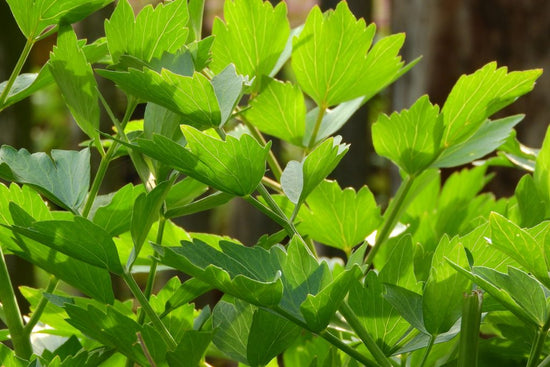

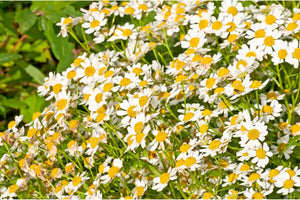
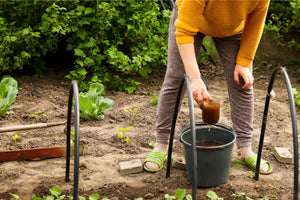
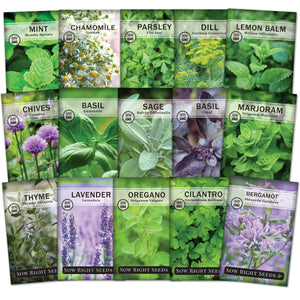
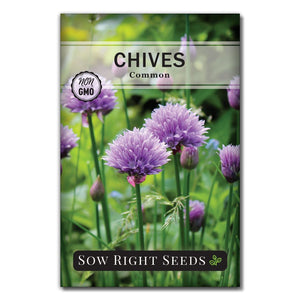
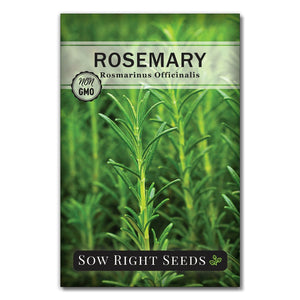
Leave a comment